
Video
Grades: 6 7 8 9 10 11 12

Salt marshes are found around the world, but the one you are about to tour can be found right here in South Carolina on the North American continent. Salt marshes are located only along the coast. This is because a salt marsh is an area that is flooded by saline (salty) water. The salt marshes are better developed as you move farther south in South Carolina.

Video
Grades: 6 7 8 9 10 11 12

Video

Video
Grades: 6 7 8 9 10 11 12

Video
Grades: 6 7 8 9 10 11 12

Video
Grades: 6 7 8 9 10 11 12

Video
Grades: 6 7 8 9 10 11 12

Video
Grades: 6 7 8 9 10 11 12

Video
Grades: 6 7 8 9 10 11 12

Photo
Grades: 6 7 8 9 10 11 12

Photo
Grades: 6 7 8 9 10 11 12
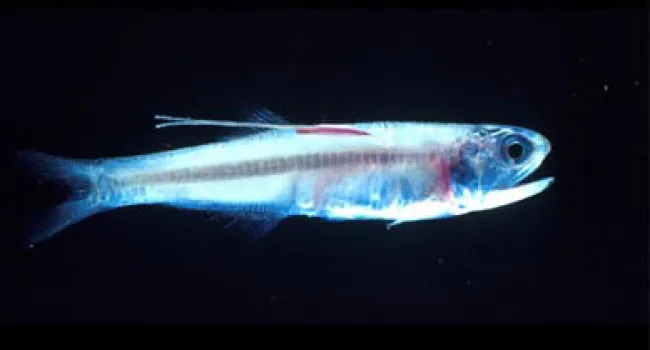
Photo
Grades: 6 7 8 9 10 11 12

Photo
Grades: 6 7 8 9 10 11 12

Photo
Grades: 6 7 8 9 10 11 12

Photo

Photo
Grades: 6 7 8 9 10 11 12
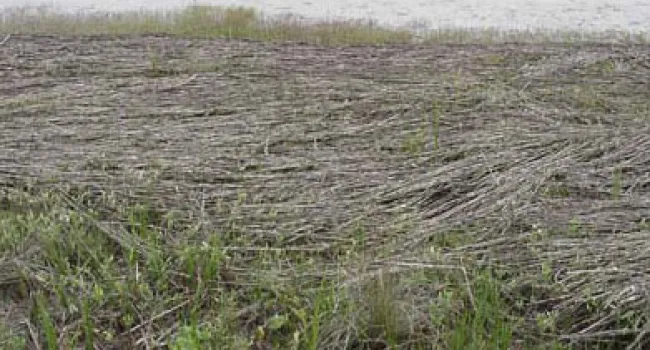
Photo
Grades: 6 7 8 9 10 11 12
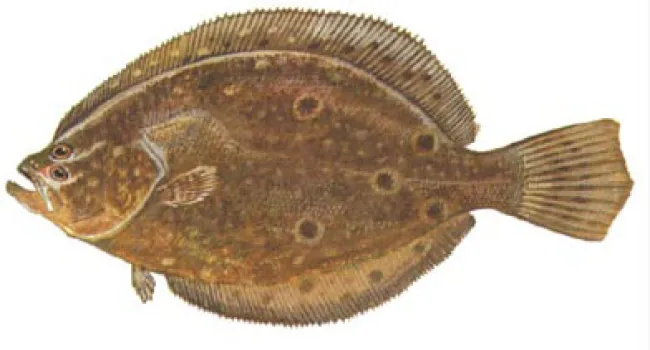
Photo
Grades: 6 7 8 9 10 11 12
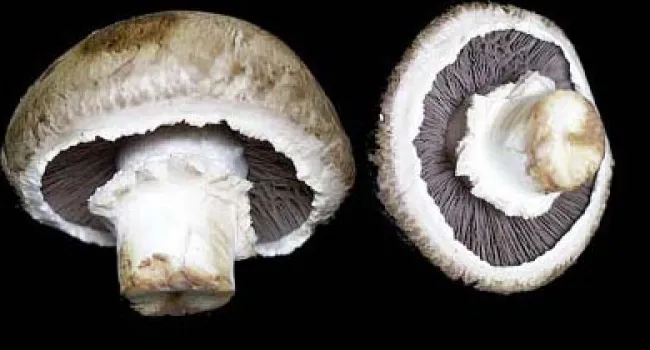
Photo
Grades: 6 7 8 9 10 11 12

Photo
Grades: 6 7 8 9 10 11 12
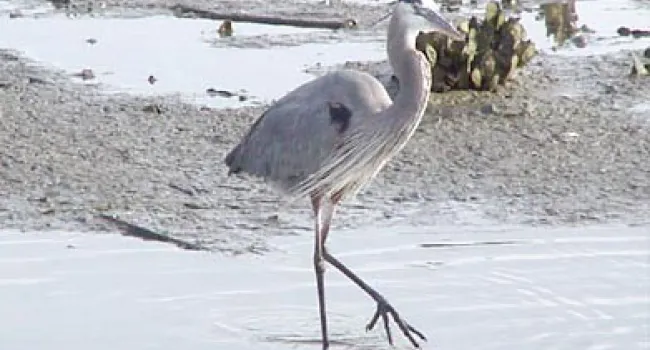
Photo
Grades: 6 7 8 9 10 11 12
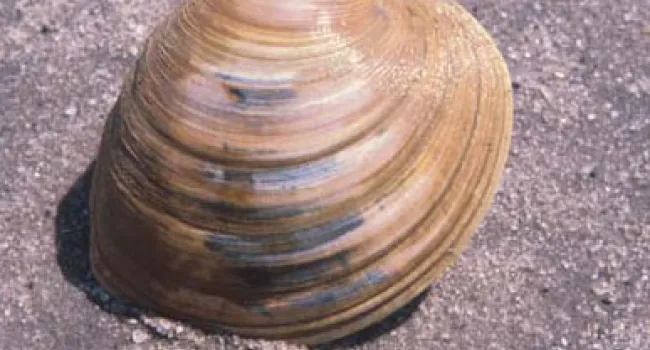
Photo
Grades: 6 7 8 9 10 11 12
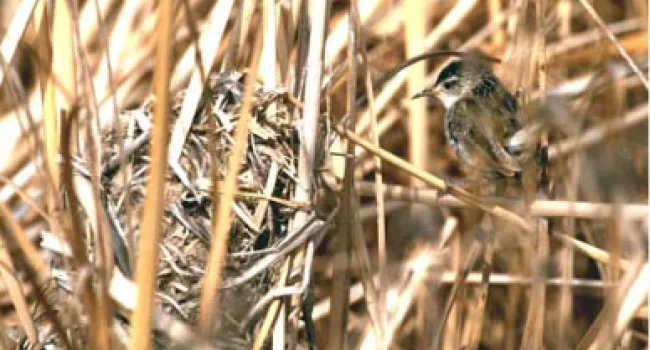
Photo

Photo
Grades: 6 7 8 9 10 11 12

Photo
Grades: 6 7 8 9 10 11 12